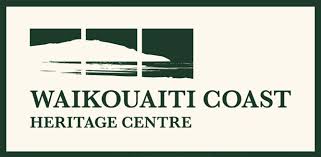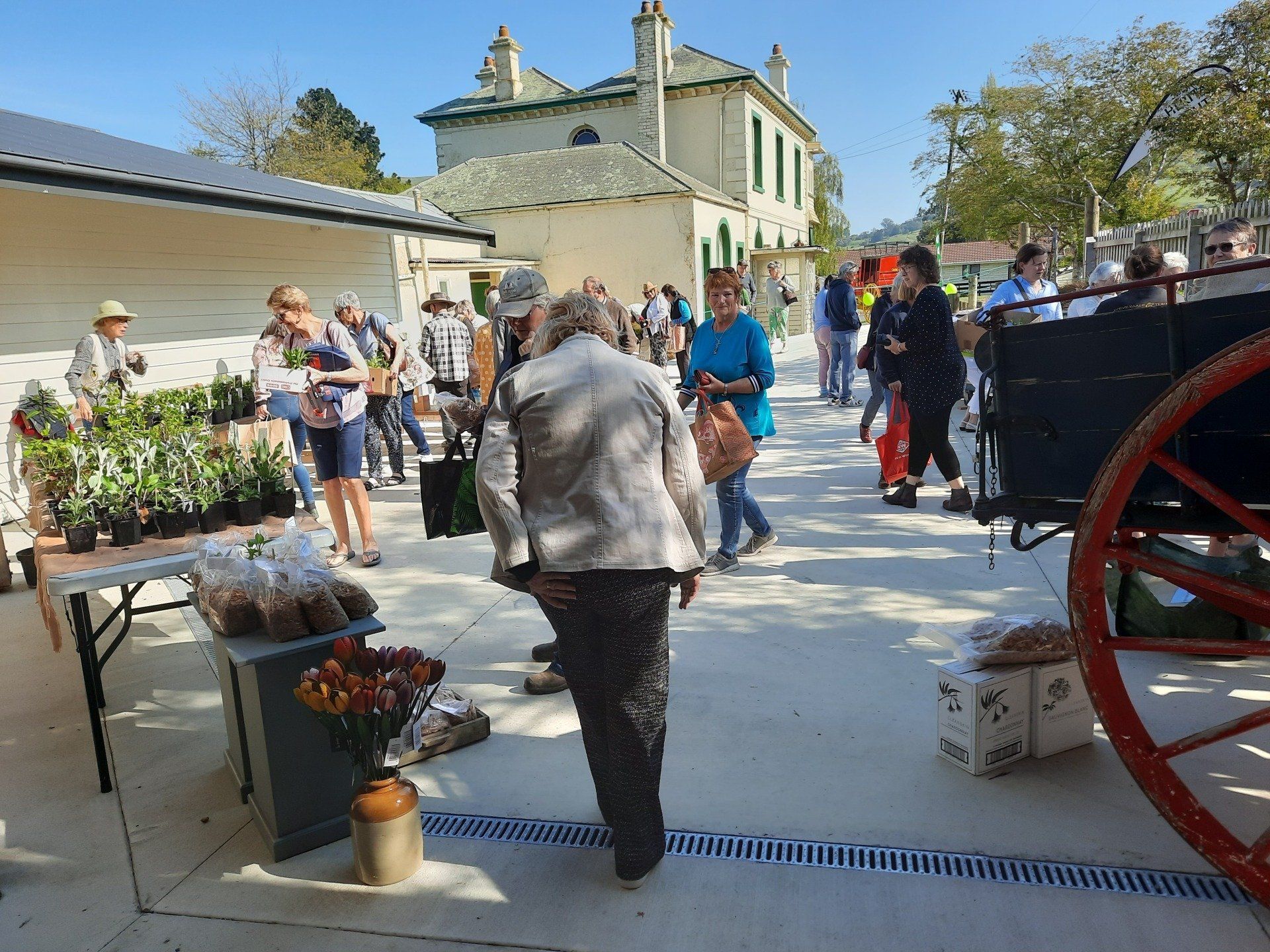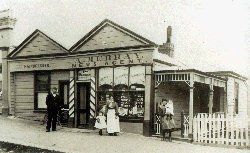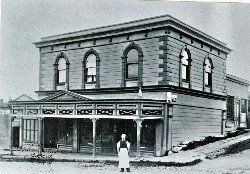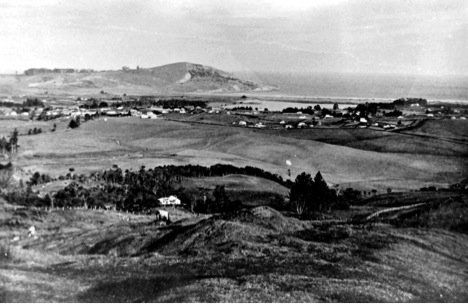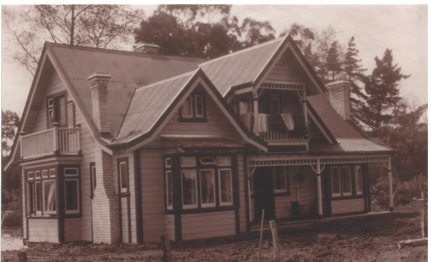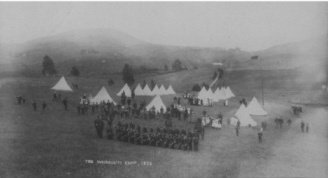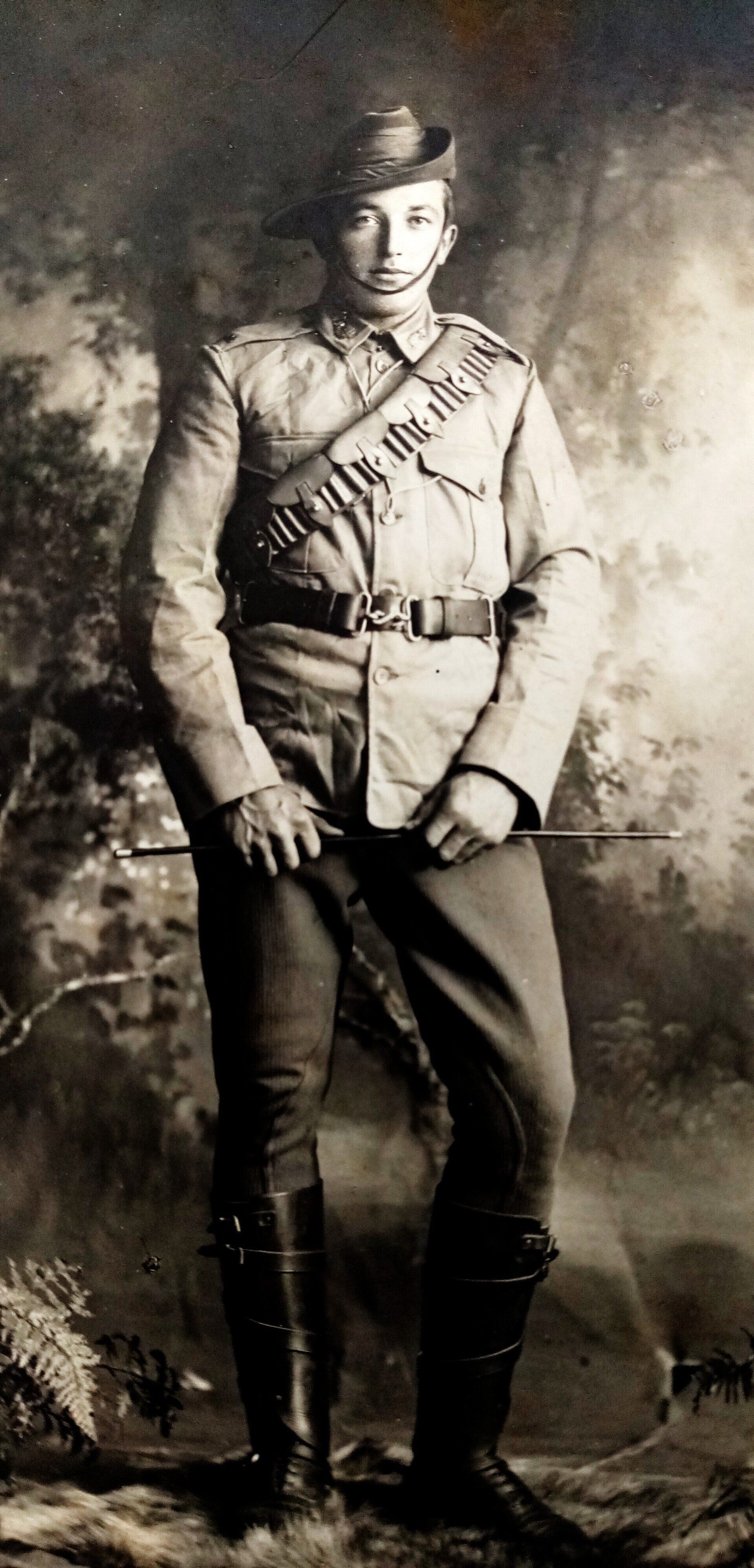Mr & Mrs John Jones
Waikouaiti's Original Power Couple

Sydney born John Jones rose, through his own merits, from very humble origins to mover and shaker in the early settlement of Dunedin. At times a controversial figure, it was widely acknowledged he was fair and honest in his many and varied business dealings, a kind and generous man and a loyal supporter of all the churches.
As the saying goes, "behind every great man is a great woman", and Jones had Sarah, nee Sizemore, who it is said played a pivotal and influential role in her husband's success. Described as having soft blue eyes, a round rather solemn face framed with long dark brown hair neatly parted in the middle and coiled up at the back, her demure demeanor was combined with a fierce look in her eyes. By all accounts Jones adored her and their marriage was a happy one.
Sarah and her brother were both born in Bristol. Their mother Charity Sizemore was convicted of receiving 350 yards of stolen cloth and sentenced to 7 years. She was transported in the Maria in 1819 (the year Queen Victoria was born). Sarah, aged 11 accompanied her mother, while her brother was sent out on a different ship. Their vessel carried only women convicts. Her mother was selected by the Captain to be his wife's maid, and she served out her time working for one of the wealthiest families in Sydney. It's therefore safe to presume she was regarded as being of good character. Certainly Sarah must have thought highly of her mother, as she named her eldest daughter after her.
John Jones and Sarah Sizemore were married in Sydney at Scots Church by the Reverend Lang on the 7th of January 1828. Their ages are stated as being 20 for Sarah and 19 for Jones. In 1843 Jones moved his family to Waikouaiti and they lived the rest if their lives in Otago. Sarah seemed to be producing children all their married life. The couple had 11 children, 9 (5 boys and 4 girls) survived into adulthood.
Sarah died 22nd September 1864 aged 57 from heart disease. For Jones it was described as "the hardest blow of his life and from its effects he never properly rallied". Her funeral was large and attended by the great and the good of Dunedin. Public offices were closed for the service and many similar marks of respect were paid by local merchants and tradesmen. Jones himself died in 1869 aged 60. They are buried together in Dunedin's Southern Cemetery.
You can learn more about this nineteenth century power couple and their achievements at the Waikouaiti Coast Heritage Centre.
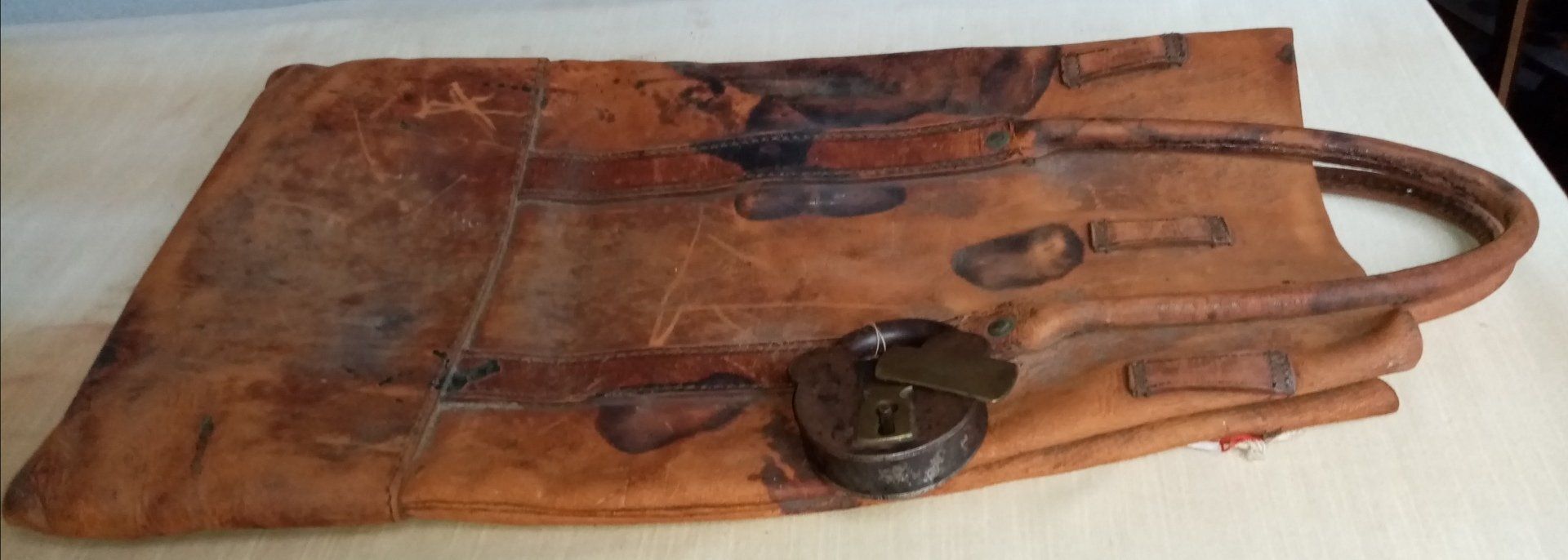
Visitor Survey
Please take a moment to complete a short survey on the museum.
